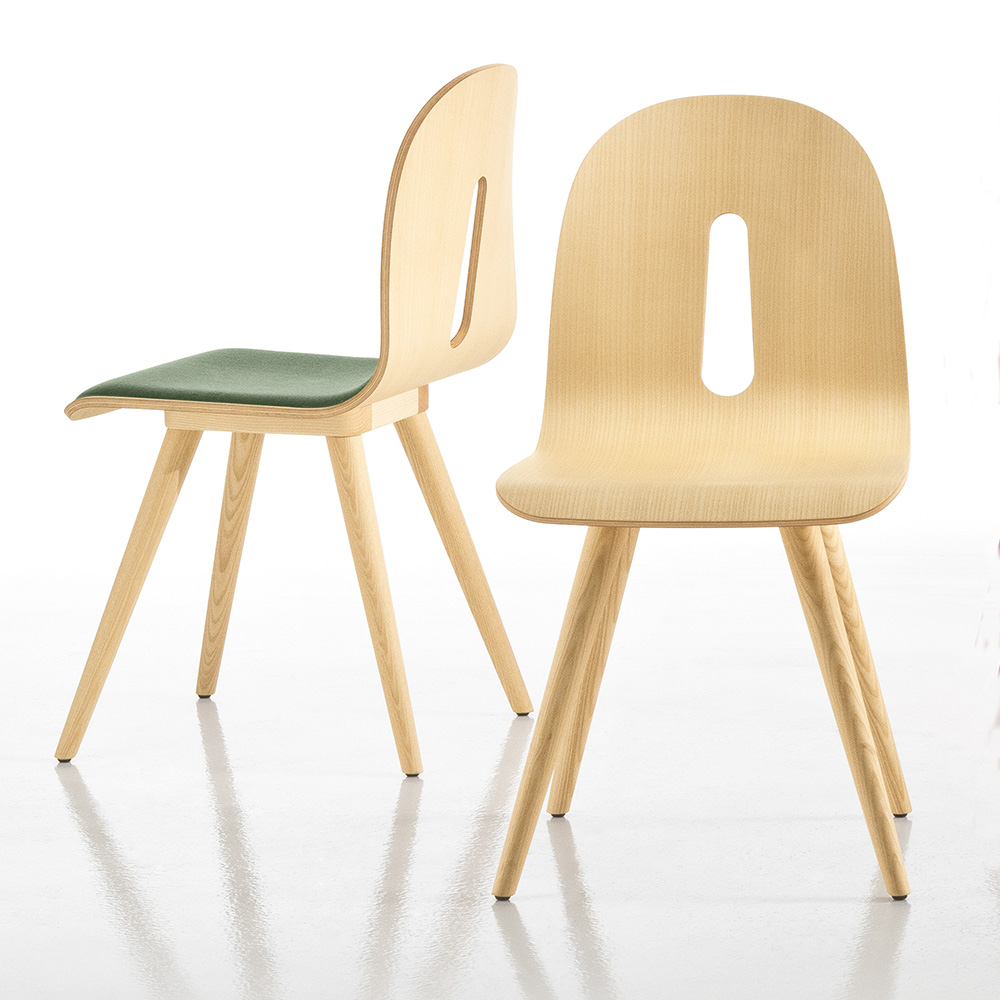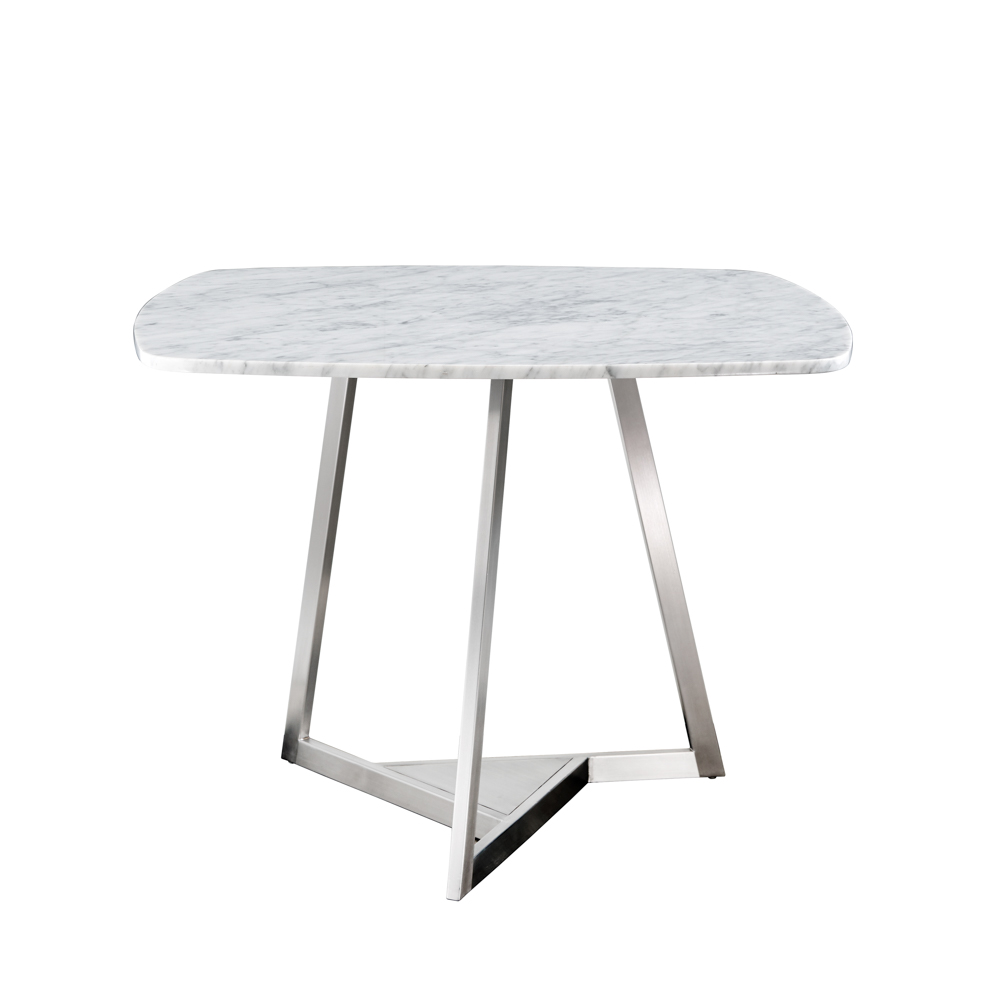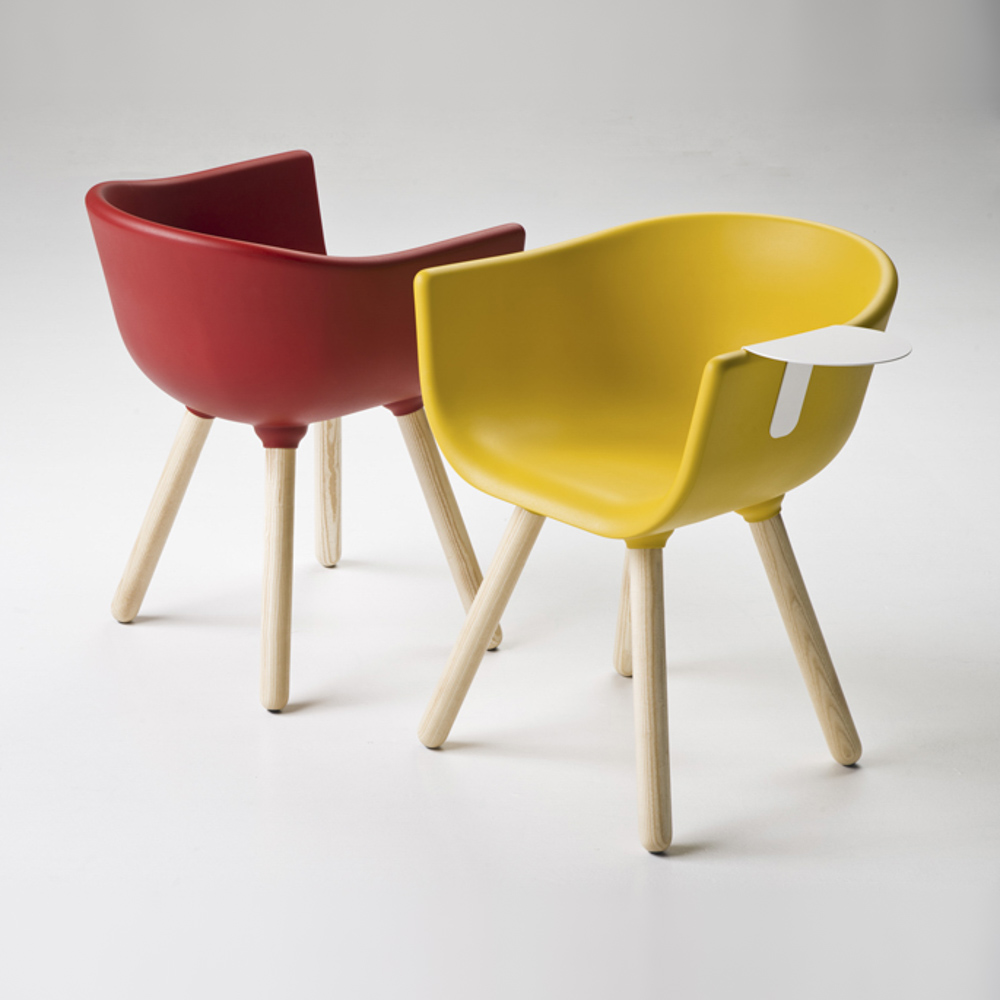October 2018
Designer Spotlight: 855 Brannan Apartments Rooftop Community Space
Read more
Unlike furniture used in outdoor designs, furniture that’s used indoors is protected from the elements. But just because it’s not exposed to wind, rain, snow, or salty air doesn’t meant that indoor furniture doesn’t need a little TLC.
Unless your sofa, chairs, or tables are in a basement, they’re bound to be exposed to varying degrees of sunlight, which can, over time, break down or discolor some materials if they’re not protected. Indoor humidity levels can also change quite a bit from season to season, and even from day to day in certain areas of the country. Whether residential or commercial furniture, get familiar with how to care for indoor furniture, using this easy guide. It will help you make informed choices on the materials that best suit your design—and how to keep them looking like new many years down the road.

Stained and sealed indoor wood furniture, such as that made of solid oak, ash, or beech, is commonly used on sofa and chair legs and seat frames. Veneered woods like walnut, oak, and ash, are frequently used for bentwood seat components.
Indoor wood furniture can be finished in a wide range of ways, but for our furniture collections, we choose wood stains that are finished with a clear, catalyzed matte lacquer finish in a 9-step process for finish durability.
Veneered and solid wood surfaces can be dusted daily or weekly with a soft, damp cloth; wipe dry with a clean, soft cloth. To maintain the oil finish on walnut veneer, lightly brush it in the direction of wood grain with a cloth. You can also use natural oils, such as orange oil, according to the package directions, to clean most woods and make them shine.
Commercial furniture cleaners and polishes can be used to maintain lacquered finishes; follow the manufacturer’s directions for best results.

Carrara marble, a luxurious natural stone long renowned for its elegance, is perhaps the most famous of all marbles—Michelangelo’s sculpture of David is even carved from it. Marble is incredibly dense and durable, but it’s also a porous material and can become stained. Take care to wipe up spills quickly.
Clean Carrara marble furniture with warm water and a mild detergent, and wipe dry with a cloth. Commercial marble cleaners and polishes can also be helpful; follow the manufacturer’s directions for best results.

A popular choice for high-traffic areas, polyurethane furniture is made from a thickened liquid plastic that is molded into shapes. As the material cures, its outer surfaces form a skinlike barrier. Even after it’s removed from the mold, polyurethane’s “skin” acts as a shield, protecting the interior. Polyurethane is highly resistant to scratches and has outstanding fire-retardant capabilities, making it a great choice for comfortable, contract-grade seating.
Polyurethane’s unique coating can break down if exposed to high temperatures or sunlight for extended periods of time, so restrict it to indoor use, preferably away from heating elements and large windows. Wash the surface with a soft sponge or cloth soaked in a mild cleaner and warm water, and wipe dry with a clean, soft cloth. Mild, ammonia-free household cleaners can also be used to clean polyurethane furniture.
Once you learn the basics for how to care for indoor furniture, you’ll find it easy to work cleaning and polishing into your regular maintenance schedule. And a little upkeep will go a long way toward keeping your indoor furniture in tip-top shape for decades.